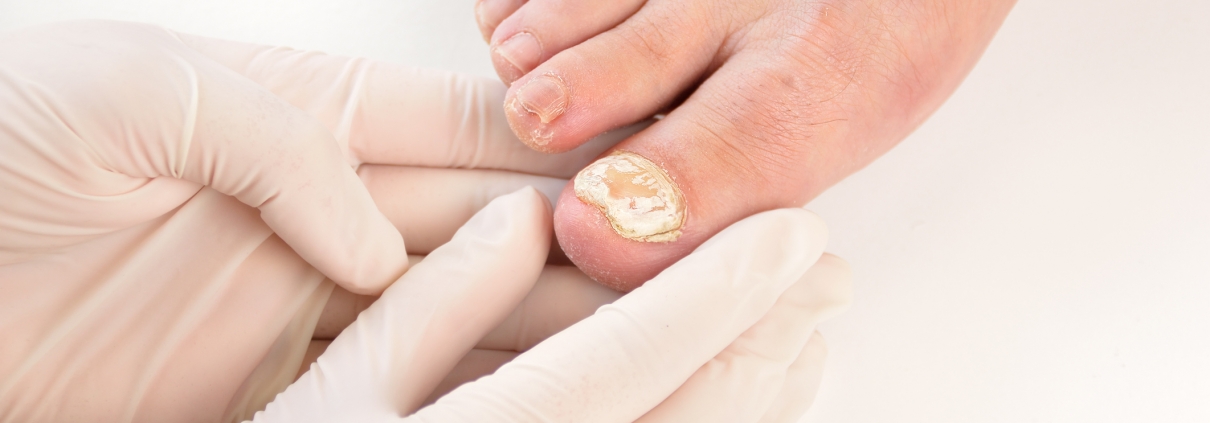Fungal infection
As you grow older, your nails become brittle and dry. This causes the nails to break and more bacteria to enter the nails. This is why nail infections are more common in the elderly than in children, even if children spend more time outdoors in closed shoes and socks. Apart from nail aging, factors such as poor blood circulation and immune system and improper hand and foot maintenance exacerbate these infections and cause fungus.
However, there are other specific factors that can increase the risk of nail fungus. These include:
Severe sweating
People who sweat more or whose body sweat smells worse are at higher risk for nail infections. Because the hands and feet will be wet and hot due to excessive sweating, this will be an ideal environment for bacteria to grow.
Once a fungal infection occurs, it is likely to happen over and over again. Because bacteria multiply so rapidly, it is not possible to eradicate all bacteria from the body alone, so the only solution is to create conditions that allow the growth of bacteria below the dangerous level to be stopped and controlled.
Walking barefoot
Just as wearing closed boots increases the risk of fungal infections, walking barefoot can be just as dangerous. Especially in humid areas, such as swimming pools, beach huts, gyms and public toilets, where the conditions are right for bacteria to grow. Bacteria are transmitted from one host to another under such conditions.
Skin or nail damage
The damaged part of the nail or the skin around the nail is more likely to be attacked by bacteria. This process is called psoriasis. In psoriasis, skill cells divide rapidly to compensate for skin damage, and the rapid division of cells causes extra skin cells to form a hard, patchy coating on the skin. It is a chronic disease that often goes back and forth.
Poor health
Probably the most common cause of recurrent infections of the fingers and toes is poor hygiene. Washing feet and hands helps to remove impurities and bacteria accumulated on the skin during the day. Even when our skin feels dry and clean, these bacteria may still be present and grow well and cause infection once they reach the desired conditions. It is also recommended to use antibacterial soap twice a day to wash your hands and feet.
Nail fungus treatments vary from type to stage of infection and severity. It is important to understand that toenail fungus can be a painful infection. Once infected, the patient takes weeks to fully recover. The main reason for this is how seriously people take the treatment plan and unfortunately they can go back to unhealthy behaviors and habits and make the situation worse. People who suffer from toenail fungus often claim that they have been taking medication as prescribed for weeks but the infection does not seem to go away. The most common treatments, along with some home remedies, are listed below
Antifungal cream
Creams are often prescribed for fungal infections. This is almost a fundamental part of the treatment. The purpose of these worms is to form a protective layer on the fungal infection that can cause microbes and soil particles to accumulate and stick to the infected area. This reduces the chance of the infection getting worse, and for the nail area your doctor may even recommend antifungal nail polish.
Oils
Essential oils are packaged with antibacterial, antimicrobial, antifungal and antioxidant agents. All of these properties are ideal for killing bacteria and reducing their infections. To treat infection with essential oils, it is important that the oils be 100% organic. Some of the essential oils that are known to treat fungal infections include eucalyptus, oregano and tea tree essential oils. Just apply a small amount of cotton to the infected area every day.





